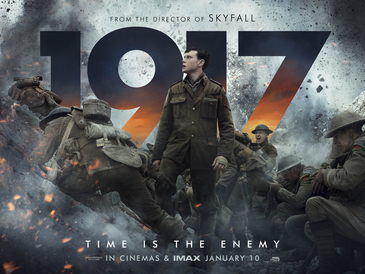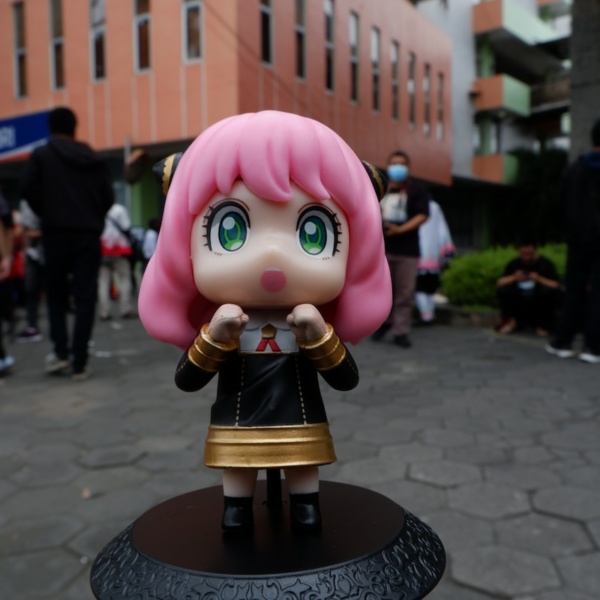
For any movie buff out there, few movies these days are produced and directed well enough to catch the eye. One cinematic wonder that is visually appealing enough to draw in any viewer – is Sam Mendes’ 2019 British war film ‘1917’. In fact, it’s such a cinematic masterpiece that even if you are not that interested in the genre of war films, you would still enjoy it. It was created in such a way that, to the viewers eyes – the entire movie appears to be a single continuous shot.
A Summary of The Movie
To sum up the idea of the movie – during the first world war, a couple of British soldiers are given orders to deliver a message to the front lines, warning them to stand down. The thought being, that the Germans’ prior retreat was a trap, and any attack would result in a great loss to the British side. The orders are practically impossible to carry out – basically the soldiers are walking or rather running towards certain death, doomed to fail at the task at hand. For a detailed review of the movie, read Manohla Dargis’ article in The New York Times.
History of One-Shot Movies
As masterful as the production of ‘1917’ was, it was superseded in recent times by Academy Award winning black-comedy drama ‘Birdman’ (Alejandro G. Iñárritu, 2014) – also appearing to be one long take. However, if we go further back into history – it seems that this method of shooting a movie isn’t new at all. In fact, if you read this article by The New York Times author Eric Grode – and you’ll come to see that one-short films have been around for almost 70 years. Of course, the first Single Shot movie was made by acclaimed director Alfred Hitchcock in his 1948 movie ‘Rope’.
Why Shoot a Single Shot?
The audience might not realize that the movie is a single shot – not right away. However, the effect such a style has is that it is more immersive. For example, in the movie 1917, watching the movie feels like you are running alongside the soldier as he races to the front line. The audience enters a time warp whereby the sun rises and sets, a whole day goes by – all within the 119 minutes of the movie. Subconsciously, this creates a sense of urgency in the audience’s mind, allowing for a simple plot and few events to be more thrilling than they would usually seem to be. Of course, this makes for a more fulfilling experience. Here is an article on an interview with San Mendes explaining the thought process behind shooting the movie in this way.
How are One-Shot Movies filmed?
It goes to say, the movies that fall into this category aren’t actually filmed in a single take. No actor is that good – and then there’s other factors to think about. Lighting, weather, breaks, actors mistakes – all things that can cause a director to stop the cameraman, and start another take. There are several clever techniques (besides digital editing) that directors can use in order to create the illusion of a single, long, continuous take. Read this article (unknown author) on filmmaker freedom that explains the details that go into shooting movies to look as though it were a single shot.
Whether you’re a movie buff simply interested in the techniques that go into creating visual masterpieces of the cinema, or an aspiring director – you are bound to come across the One-Shot movie trend that has been rising in recent years. Difficult as it may be, it can be a great story-telling tool, and not just a gimmick.

